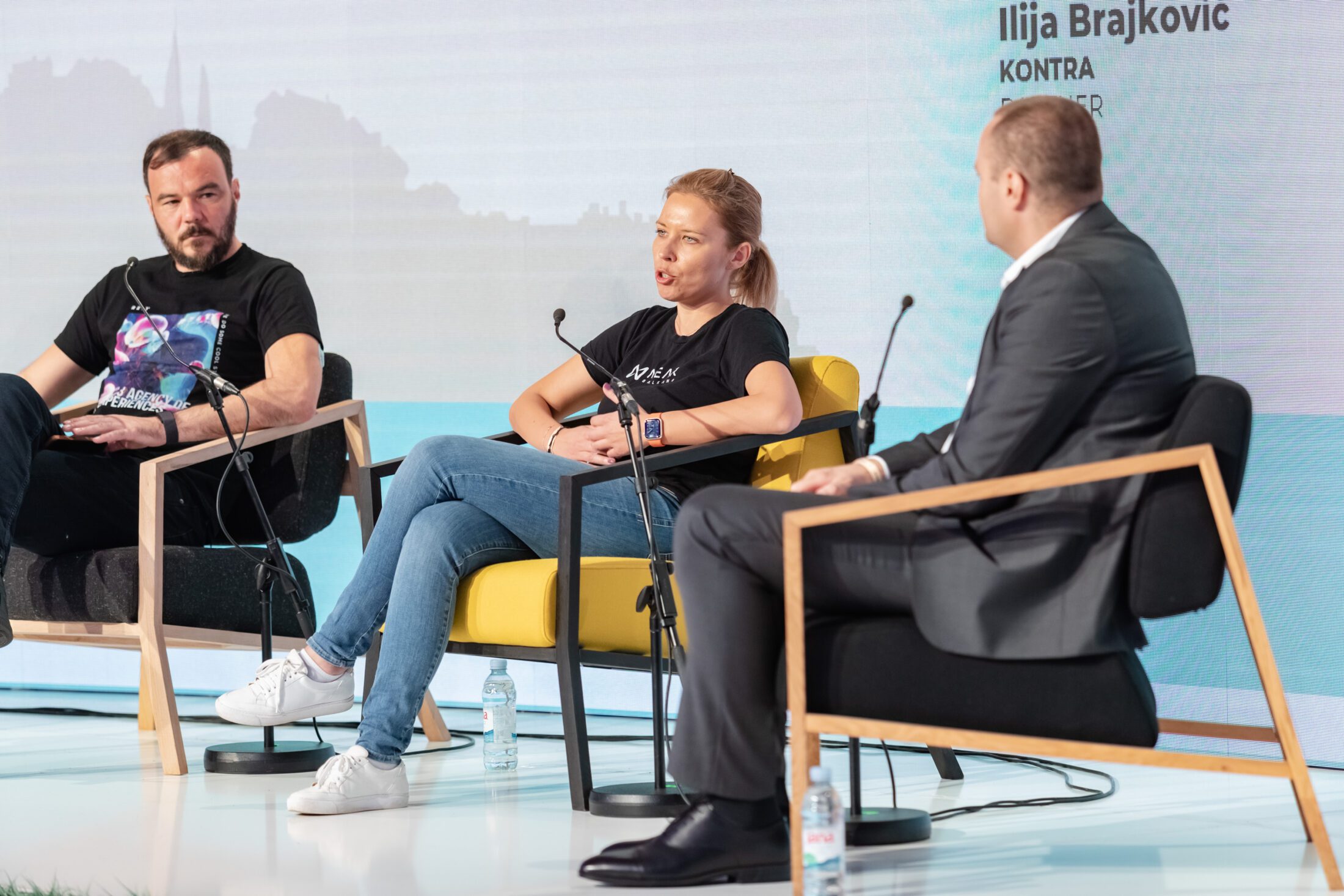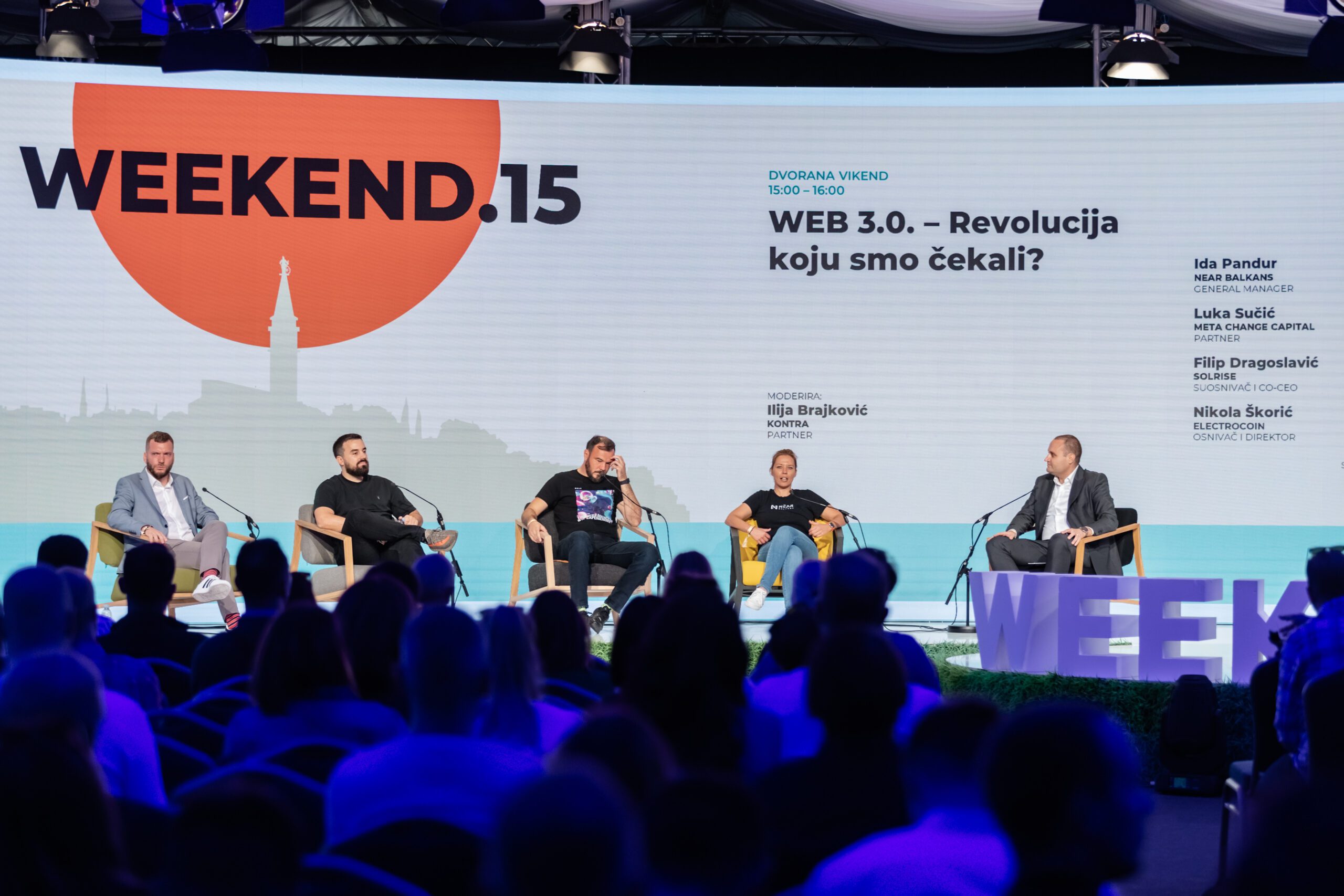Web 2.0 brought us the flourishing of social networks, significantly improved communication tools and thus opened up a huge space in the communication and marketing industry. Will the same thing happen with the arrival of Web 3.0? How to prepare for new terms such as blockchain, digital wallet, metaverse, and NFT? These questions and more were answered by the leaders of the digital industry in Croatia, Ida Pandur, Luka Sučić, Nikola Škorić, Filip Dragoslavić, and moderator Ilija Brajković, on this panel about the revolution that awaits us in the form of Web 3.0.
Web 3.0 brings with it a significant departure from the monopolized approach to data collection and management. It is based on peer-to-peer data transactions between users instead of intermediaries such as banks that charge fees and thus retain some control over the flow of funds. This is precisely why Web 3.0 is inextricably linked to technologies such as cryptocurrencies and blockchain, and aims to remove middlemen and put control back in the hands of users.

“Web 1.0 solved the problem of data availability and introduced static web pages. Web 2.0 simplified the process and offered tools to publish content on platforms quickly and relatively painlessly, which unfortunately led to a decline in content quality. Web 3.0 builds on a platform that is decentralized and solves the problem of ownership, with actors freely entering into interactions without external influences. The decentralization of Web 3.0 promotes the autonomy of transactions and greater engagement among users,” explained Ida Pandur, general manager of NEAR Balkans. “There is less and less trust in institutions. New generations expect a different approach. What we want is to educate people about the advantages and possibilities of Web 3.0,” continued Ida.
Filip Dragoslavić, co-founder and CBDO at Solrise Finance – which had as many as 1.5 million users at its peak, and currently manages more than 3 billion USD held in the company’s digital wallet. “The difference is that when you send money through a bank, you need authorization, while in the context of Web 3.0, this authorization does not exist. You have complete freedom to manage your resources. This favours the super competitive characteristic of the modern market,” says Filip.










